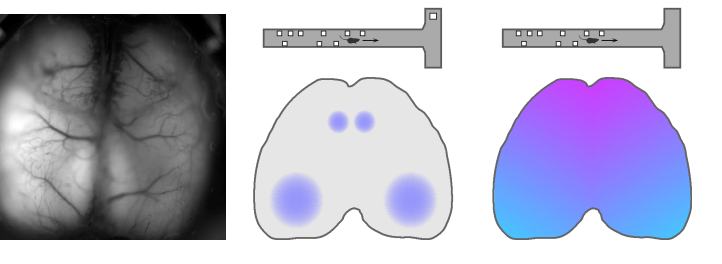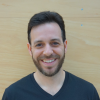Abstract:
A central question in the neuroscience of decision-making is to what extent computations are distributed or localised in specific brain areas. In my talk, I will argue that the degree of localisation of cortical function is not static, but rather depends on the complexity of the underlying decision-making computations. I will first discuss a novel virtual navigation-based decision-making task for mice that relies on seconds-long accumulation of pulsed visual evidence. I will then talk about experiments involving systematic optogenetic mapping and wide-field calcium imaging across the dorsal cortex.
Specifically, I use these techniques to compare the evidence-accumulation task to two related tasks happening in the same virtual maze, but with different underlying computations. The results suggest that tasks with higher cognitive demands engage more distributed cortical circuits, with less correlated activity across different cortical regions. More generally, they suggest that changes in the underlying computations result in a reorganisation of whole-cortical dynamics, a concept which I refer to as task-specific cortical states. Finally, I will briefly discuss ongoing work and future research plans aimed at understanding the circuit mechanisms and the behavioral logic behind these cortical states.

Biography:
Lucas Pinto obtained his medical degree from the Federal University of Minas Gerais, Brazil, in 2006. He then did a Master's degree in physiology at the same university, where he studied visual processing in owls with Jerome Baron. Lucas got his PhD in neuroscience from the University of California, Berkeley in 2014, working in Yang Dan's laboratory.
He investigated how circuits downstream of the sensory cortex participate in perceptual decision-making. He moved to the Princeton Neuroscience Institute in 2015 for his post-doctoral research in the laboratories of David Tank and Carlos Brody. Lucas is broadly interested in neural mechanisms underlying cognition, both at the local circuit level and in terms of large-scale interactions between different brain areas. He uses a combination of optical recording and perturbation techniques, computational modeling and visual reality-based behavior to study decision making.
No need to book, just turn up!
